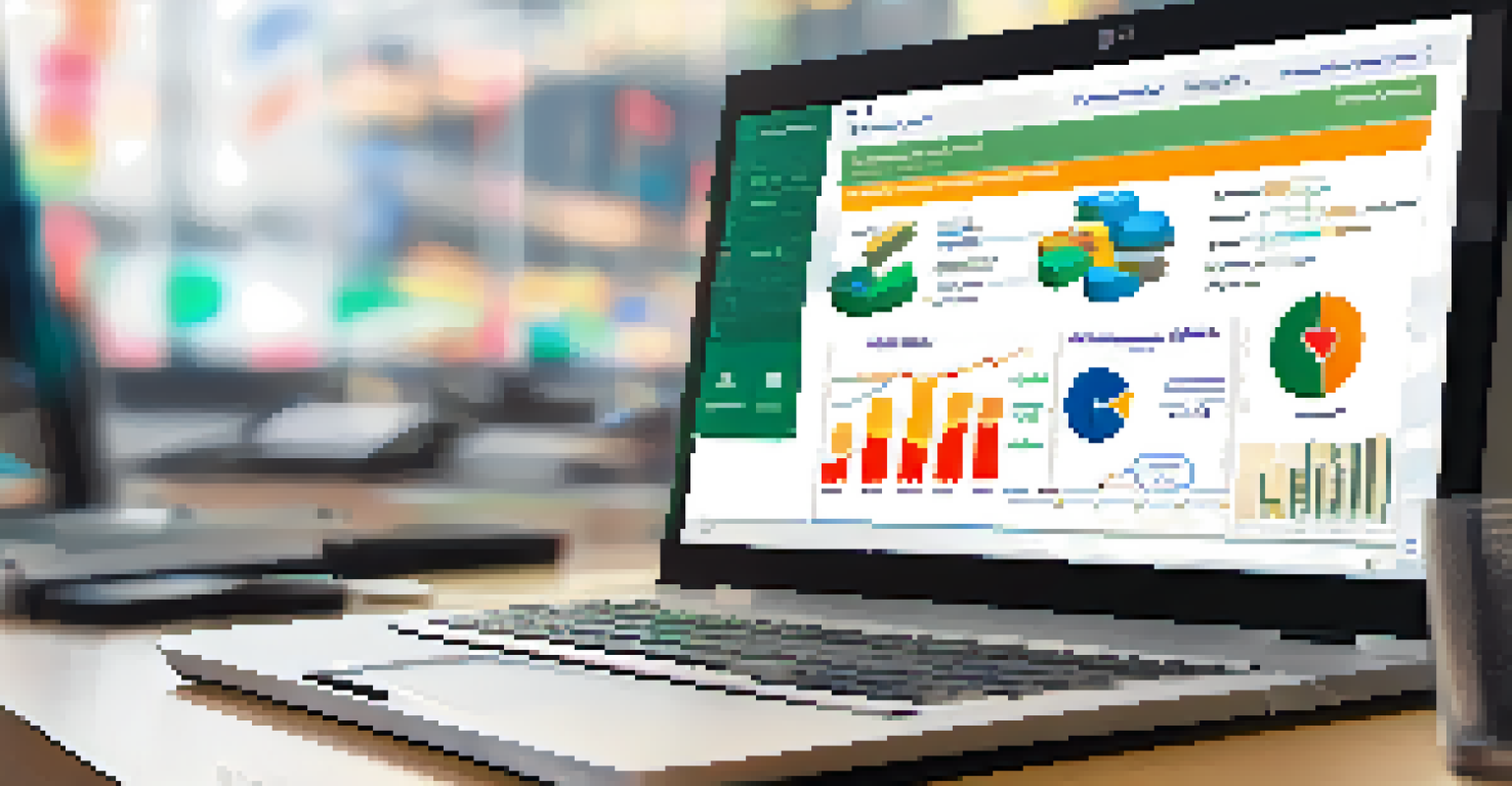The Role of Feedback in Continuous Learning via LMS

Understanding Continuous Learning and LMS
Continuous learning is the ongoing, voluntary, and self-motivated pursuit of knowledge. It’s essential in today’s fast-paced world, where skills and knowledge can quickly become outdated. Learning Management Systems (LMS) facilitate this process by providing a structured environment for learners to access resources at their convenience.
The only thing worse than training your employees and having them leave is not training them and having them stay.
An LMS serves as a platform where courses, assessments, and educational materials are housed. This allows learners to engage with content whenever and wherever they choose. The flexibility offered by an LMS makes it an ideal tool for continuous learning, catering to diverse learning styles and paces.
Incorporating feedback into this learning journey is crucial. It not only helps learners understand their progress but also guides them in the right direction, ensuring they can effectively fill gaps in their knowledge and skills.
The Importance of Feedback in Learning
Feedback is an essential component of the learning process. It provides learners with insights into their performance, highlighting strengths and areas for improvement. When learners receive timely and constructive feedback, they can make adjustments and enhance their understanding.

Moreover, feedback fosters a growth mindset. When learners realize that their abilities can improve through effort and feedback, they become more engaged and motivated. This positive reinforcement encourages them to persist in their learning journey, even when faced with challenges.
The Value of Continuous Learning
Continuous learning is essential for staying relevant in a fast-paced world, and Learning Management Systems (LMS) provide a flexible environment for this pursuit.
In essence, feedback acts as a guidepost, directing learners toward their goals. Without it, learners may feel lost or unsure of how to proceed, which can hinder their continuous learning efforts.
Types of Feedback in LMS Environments
Feedback can take various forms within an LMS, including automated quizzes, peer reviews, and instructor comments. Automated feedback is immediate, allowing learners to grasp concepts quickly and adjust their study habits accordingly. This instant response can significantly enhance the learning experience.
Feedback is the breakfast of champions.
Peer feedback is another valuable component. When learners engage in discussions or collaborate on projects, they can provide insights and perspectives that enrich one another's understanding. This collaborative approach not only builds community but also deepens the learning experience.
Instructor feedback, while sometimes slower to arrive, holds significant weight. It offers personalized guidance and can address specific questions or concerns, helping learners navigate complex topics with greater clarity.
Creating a Feedback-Rich Learning Culture
Establishing a feedback-rich culture within an LMS is essential for maximizing its potential. This involves encouraging open communication, where learners feel safe to express their thoughts and questions. When learners know their voices matter, they’re more likely to engage actively with the content.
Instructors play a critical role in cultivating this environment. By providing regular, constructive feedback and encouraging peer interactions, they can help create a dynamic learning community. This approach not only promotes accountability but also fosters collaboration among learners.
Feedback Fuels Learning Growth
Timely and constructive feedback is crucial for learners, fostering engagement and guiding them toward their educational goals.
Moreover, integrating feedback mechanisms into course design can enhance the overall learning experience. Regular feedback loops can motivate learners to take ownership of their learning journey, making them active participants rather than passive recipients of information.
Leveraging Technology for Effective Feedback
Today's LMS platforms are equipped with advanced tools that facilitate effective feedback. Features like analytics dashboards can provide instructors with valuable insights into learner progress, allowing for targeted interventions. This data-driven approach can significantly enhance the feedback process.
Additionally, many LMS platforms allow for multimedia feedback, including video comments or audio messages. These formats can make feedback more personal and engaging, helping learners better connect with the material and the instructor's insights.
Utilizing technology not only streamlines the feedback process but also makes it more interactive. By embracing these tools, educators can ensure that feedback remains a central element of the learning experience, adapting to the needs of each learner.
The Role of Self-Assessment in Feedback
Self-assessment is a powerful tool that complements external feedback. By encouraging learners to evaluate their own understanding and skills, they can develop a sense of ownership over their learning. This reflection helps learners identify their strengths and areas needing improvement.
In an LMS, self-assessment tools can be integrated into the learning modules. These tools not only foster critical thinking but also empower learners to set personal goals and track their progress over time. This proactive approach to learning aligns well with the principles of continuous improvement.
Embracing Technology in Feedback
Leveraging advanced LMS tools enhances the feedback process, making it more interactive and personalized for learners.
Ultimately, self-assessment, paired with external feedback, creates a comprehensive feedback loop. This synergy allows learners to take charge of their educational journey, leading to more meaningful and lasting learning experiences.
Challenges in Providing Effective Feedback
While feedback is vital, providing it effectively can be challenging. Instructors often juggle numerous responsibilities, making it difficult to deliver timely feedback to every learner. This delay can affect learners' motivation and their ability to improve.
Moreover, not all feedback is created equal. Feedback that lacks specificity or is overly critical can discourage learners rather than encourage them. It’s crucial for instructors to balance constructive criticism with positive reinforcement to maintain engagement.

Recognizing these challenges is the first step toward addressing them. By prioritizing feedback in course design and finding efficient ways to deliver it, educators can enhance the learning experience and support continuous growth.